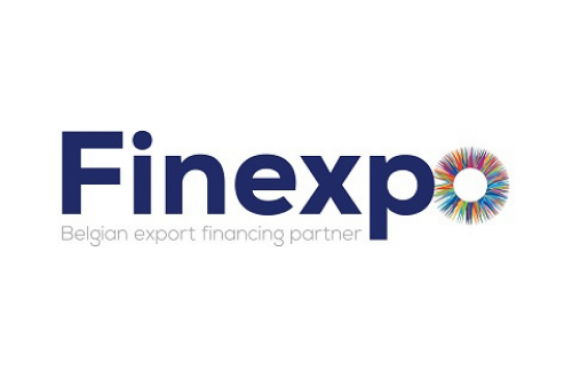-
Last updated on
Description
Untied aid is granted exclusively through State to State Loans (SSL) and has:
- a 2% interest rate;
- a repayment term of 34 years in total, of which 14 years is a grace period during which the beneficiary country does not have to make any repayments, followed by a 20-year repayment period.
According to the rules of the Organization for Economic Co-operation and Development (OECD), untied aid must include a grant element of at least 35%. Some countries that are eligible for untied aid must receive at least a 50% grant element. To find out the exact grant element for a particular country, you can contact the Finexpo Secretariat.
Given the fact that the approval of untied aid is not linked to a predetermined exporter, this support can only be given in the form of a SSL. In order to give a sufficient number of developing countries, namely the Least Developed Countries and Highly Indebted Poor Countries) the opportunity to apply, amounts of SSL are limited to 8 million euros.
Documents for an untied State to State loan
Procedure
Contrary to tied State-to-State loans, for untied State-to-State loans it is the aid-receiving country which itself has to apply for a State-to-State loan. The questionnaire to be used for submitting the application for this purpose is different from that used for tied State-to-State loans. A Belgian undertaking which has identified a project in a less developed country can of course help an applicant in completing the questionnaire and indicating the technical specifications relating to the project. However, as a public request for tenders has to be issued for the project, it is not certain that the Belgian undertaking in question will be the successful bidder. The tender procedure will be monitored by Enabel.
- The applicant country submits the dossier to Finexpo via the embassy.
- The Finexpo Committee delivers its opinion.
- If the opinion is favourable, the dossier is submitted to the Council of Ministers.
- If the Council of Ministers’ opinion is favourable, the State-to-State loan agreement and power of attorney for signing are drawn up.
- The State-to-State loan agreement is signed by the authorities of the recipient country and the competent Belgian ambassador.
- The public request for tenders is issued/Tender procedure monitored by Enabel.
- The recipient country, in consultation with Enabel, selects an undertaking to carry out the project.
- The National Bank of Belgium opens the loan account (for payment to the company); the National Bank of Belgium asks the recipient country to send in the appropriate documents (payment order and specimen signatures).
- The recipient country sends the payment order and specimen signatures of the authorised persons.
- The project is implemented, the invoices are sent by the company to Finexpo and the invoices are paid by the National Bank of Belgium after verification by Enabel and after Finexpo has given its approval.
